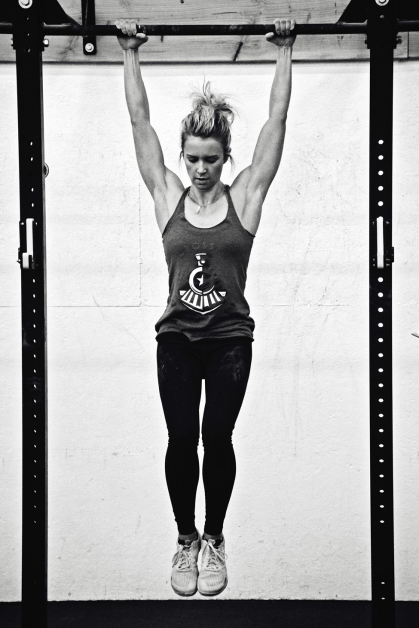Fitness: What does it actually mean?
There are a lot of different ways to become fit. Playing sports, practicing martial arts, bodybuilding, powerlifting, olympic style weightlifting, triathlons (swimming, biking and running), CrossFit, group X classes, and yoga. These are just a few forms that are currently practiced, and they all seem to have a different spin on what it means to be actually fit. First and foremost, I enjoy and appreciate all of the fitness programs listed above. Secondly, I believe that we have to look at fitness from a human capacity perspective and recognize what the body is capable of doing and how it responds to certain physical bouts to create and sustain human health for the long term.
When you start your fitness journey, you move more and you see results. This is a very common thing, because the answer to becoming a fitter version of yourself is not that complicated: Move more, eat real food and create an active lifestyle that supports your spiritual, physical, intellectual, social, and emotional health.
For this article I am going to specifically address what the human body can physically do and what aspects to be thinking about when you are going through your fitness journey.
Here are the best 100 words to live by when you are trying to figure out how to become a fitter version of yourself:
“Eat meat and vegetables, nuts and seeds, some fruit, little starch and no sugar. Keep intake to levels that will support exercise but not body fat.
Practice and train major lifts: deadlifts, clean, squat, presses, clean-and-jerk and snatch. Similarly, master the basics of gymnastics: pull-ups, dips, rope climbs, push-ups, sit-ups, presses to handstands, pirouettes, flips, splits and holds. Bike, run, swim, row, etc. hard and fast.
Five or six days per week, mix these elements in as many combinations and patterns as creativity will allow. Routine is the enemy. Keep workouts short and intense.
Regularly learn and play new sports.” – Greg Glassman, Co-Founder of CrossFit
If you follow these 100 words you are going to end up with a substantial amount of fitness. At my gym, when I assess my members I am looking for holes in their fitness that relate to these words. Most importantly, I look for flaws within the 10 General Physical Skills:
- Cardiovascular/respiratory endurance — The ability of body systems to gather, process and deliver oxygen.
- Stamina — The ability of body systems to process, deliver, store and utilize energy.
- Strength — The ability of a muscular unit, or combination of muscular units, to apply force.
- Flexibility — The ability to maximize the range of motion at a given joint
- Power — The ability of a muscular unit, or combination of muscular units, to apply maximum force in minimum time.
- Speed — The ability to minimize the time cycle of a repeated movement.
- Coordination — The ability to combine several distinct movement patterns into a singular distinct movement.
- Agility — The ability to minimize transition time from one movement pattern to another.
- Balance — The ability to control the placement of the body’s center of gravity in relation to its support base.
- Accuracy — The ability to control movement in a given direction or at a given intensity.
Each one of these recognized skills is developed through training. The training methodology that you do will develop these skills in various ways. Powerlifters focus on speed, power and strength. The tri-athlete and marathon runner focuses on cardiovascular/respiratory endurance and stamina, both of which can help create a fitter version of yourself. In the sense of a more holistic approach, training should involve every aspect of these 10 general skills to some capacity.
Strength and endurance seem to be the primary focus of most fitness mythologies. Both, when isolated, have their health downfalls. When strength is the primary focus, cardiovascular/respiratory endurance (heart health) suffers. This is also true vice versa. These two fitness skills should be, and are, important together.
For an example: A middle-aged female who runs and trains for the Boston Marathon has extreme levels of endurance and stamina but lacks measures of strength, flexibility and power. The lack of strength decreases muscle/bone mass, which puts her at more risk of falls and bone disease later in life.
The middle-aged male who trains and competes in powerlifting meets has great strength, power and speed but lacks endurance, coordination and stamina. The lack of endurance and stamina puts him at risk of heart disease and potentially being overweight.
The important part about the physical journey is that you start somewhere. Moving more is going to be a better solution most of the time. When you develop more consistency in your fitness regime, then start to add more components in it that you may be lacking.
This is a continual process that really has no end. That is the fun part. Mix things up and be as creative as possible. If you don’t know how to perform a lift or a gymnastic movement, reach out to a local expert to learn these skills so you can properly perform them safely, efficiently and effectively.
“Adapt what is useful, reject what is useless, and add what is specifically your own.” – Bruce Lee


